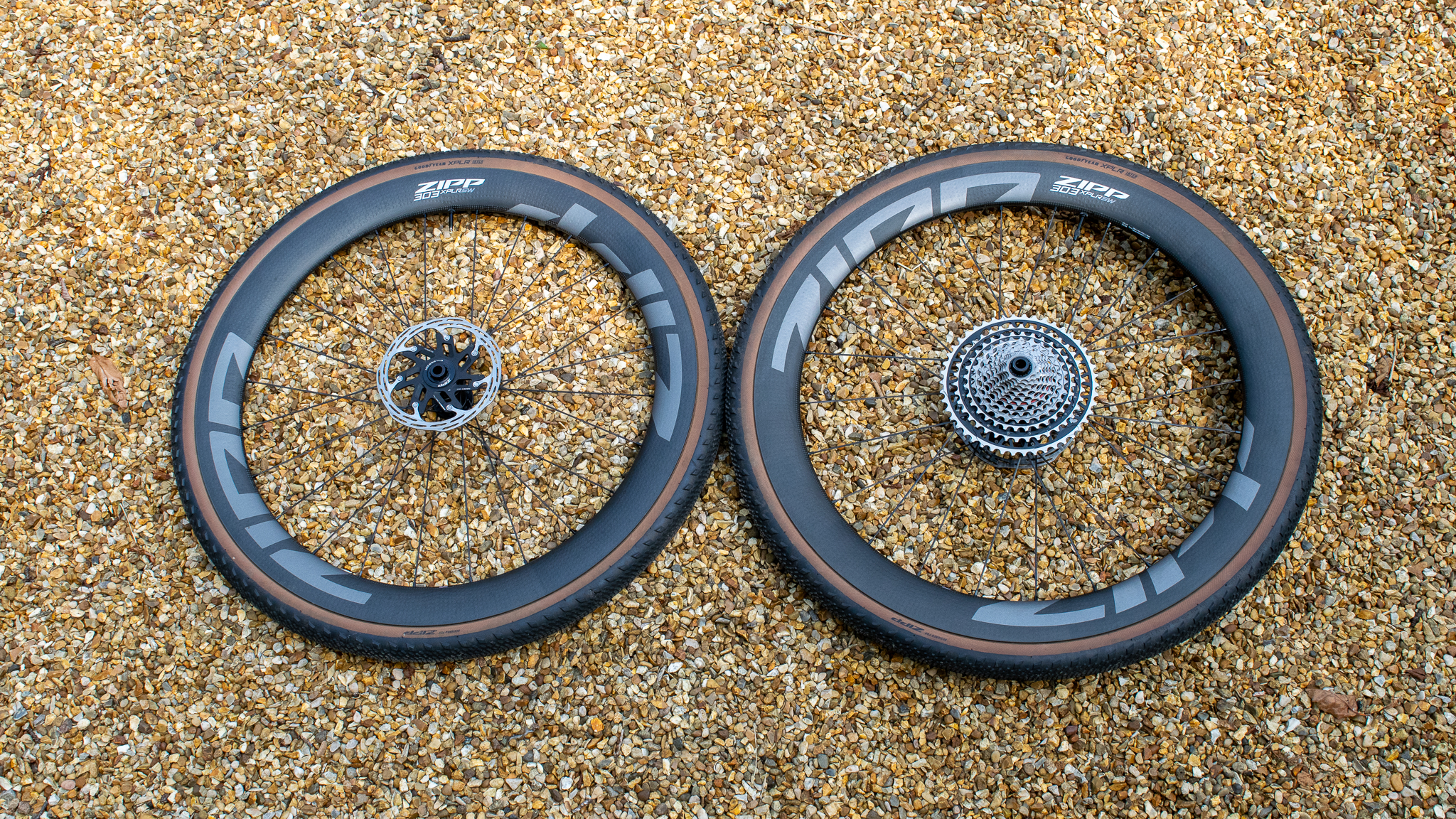

Price: $2,100 / €1,800 / £1,600
Weight: 1496 grams
Internal width: 32mm
Depth: 54mm
Spoke count: 24 F/R
Freehub: Zipp ZR1 / 6 Pawl
Max Pressure: 50 PSI
Not so very long ago, I was riding cyclocross and off-road generally on 17mm wide wheels and 30mm tyres - how times have changed!
Zipp has launched a new addition to the 303 wheel range today in the form of the 303 XPLR SW wheelset. There is also a more affordable 303 XPLR S wheelset option but this review is for the 'SW'. Components bearing the XPLR nametag have a gravel and off-road focus and this is indeed a gravel-specific wheelset.
SRAM has also released its new Red XPLR AXS gravel groupset today. We have a deep dive news hub which also looks at the new Goodyear tyres and Zipp handlebars launched today. As well as an in-depth review of the new groupset.
Zipp claims the new wheelset is its fastest gravel wheel ever. The wheels are deep, super wide, and designed to be as fast as possible on gravel. SRAM has really aimed at accommodating lower, faster tyre pressures that increase speed and reduce rider fatigue. The hookless rims are also designed to help lower the risk of pinch punctures at low pressure. The wheels are priced at $2,100 / €1,800 / £1.600. Let's get into how they ride though, and unpack the mammoth width.
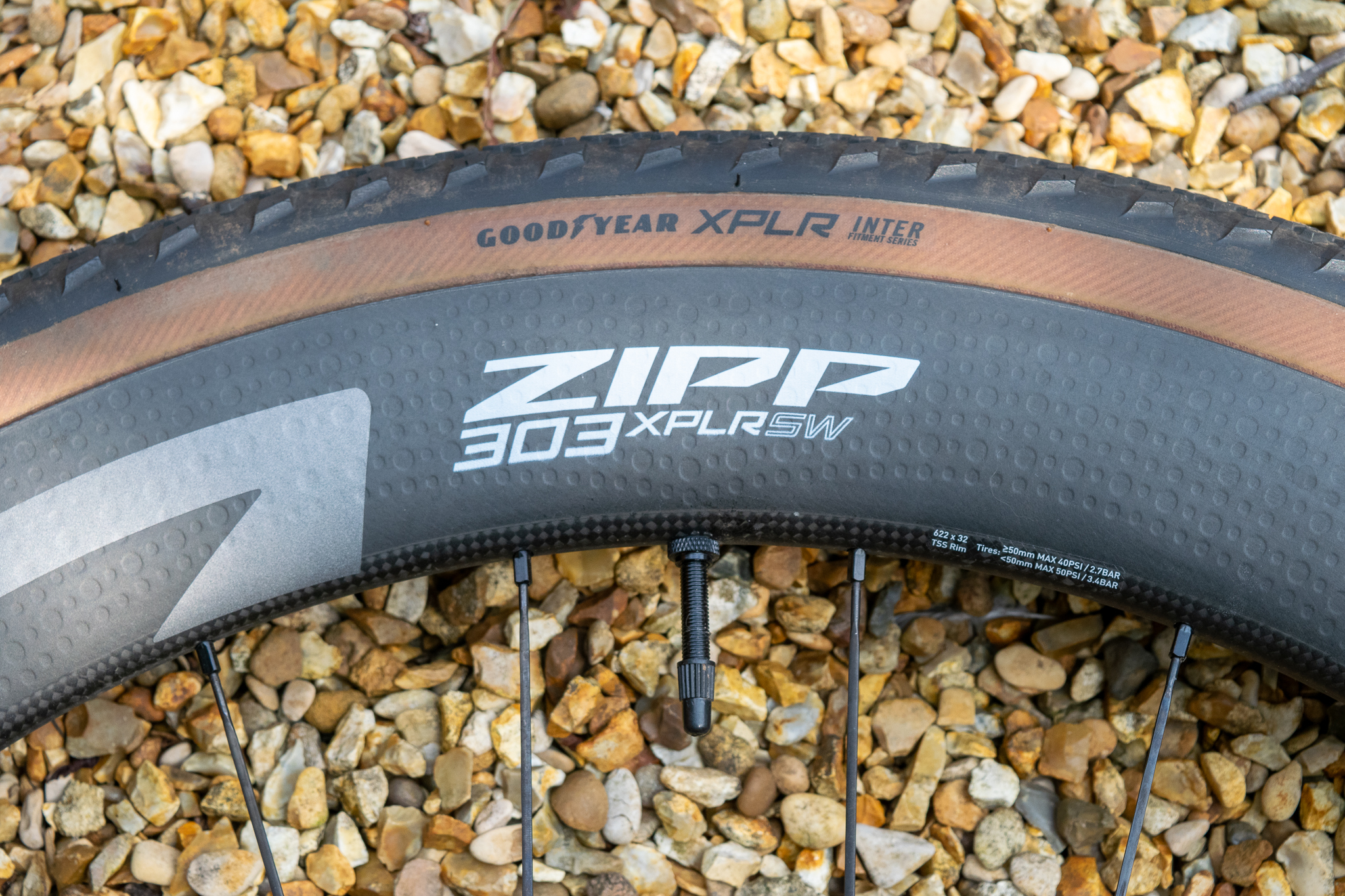
Design and aesthetics
As usual, I'll start with the aesthetics. Straight off the bat, the wheels are going to look pretty badass in most frames in my opinion. Rim depth is 55mm, and coupled with the 32mm internal rim width when fitted with tyres and to a bike they look pretty cool. We discussed differing rim depths at the wheel's launch last month, but I'm yet to meet someone who doesn't go for a deep option if it's there these days for most riding, especially for us amateurs who aren't tackling monster Grand Tour stages.
The SW model rims get Zipp's dimpled tech on each rim and the grey Zipp logos most of us will be used to by now are present. Spokes and hubshells are black and everything looks pretty tidy.
So to the thinking behind this 55mm deep, 32mm wide (internal) wheelset: Gravel racing has really influenced the design of the XPLR 303 wheels. SRAM cites increased gravel racing speeds, aerodynamic considerations, support for low-pressure cornering, and pinch flat protection as key factors regarding the wheel's design.
In the attached press material Zipp says vibrational losses can generate up to 100 watts of vibration losses, the larger volume tyres at lower pressures should help smooth things out and save power.
The 55mm deep rims are there for speed; check out Dylan Johnson's Unbound race setup which appears to share the same thinking. The 32mm internal rim width is there to provide a better fit for gravel tyres and to better support lower tyre pressures which can be faster and less fatiguing for the rider. For reference, the nominal 'normal' internal width for gravel wheels is around 25mm, so these are a full 7mm wider.
The wheels have been designed in conjunction with a series of Goodyear tyres. Mine came with the Goodyear XPLR Inter 45mm tyres, which measure true to size on the rims and integrate seamlessly fit-wise. Like other hookless Zipp rims, there will be an approved tyre list for these wheels.
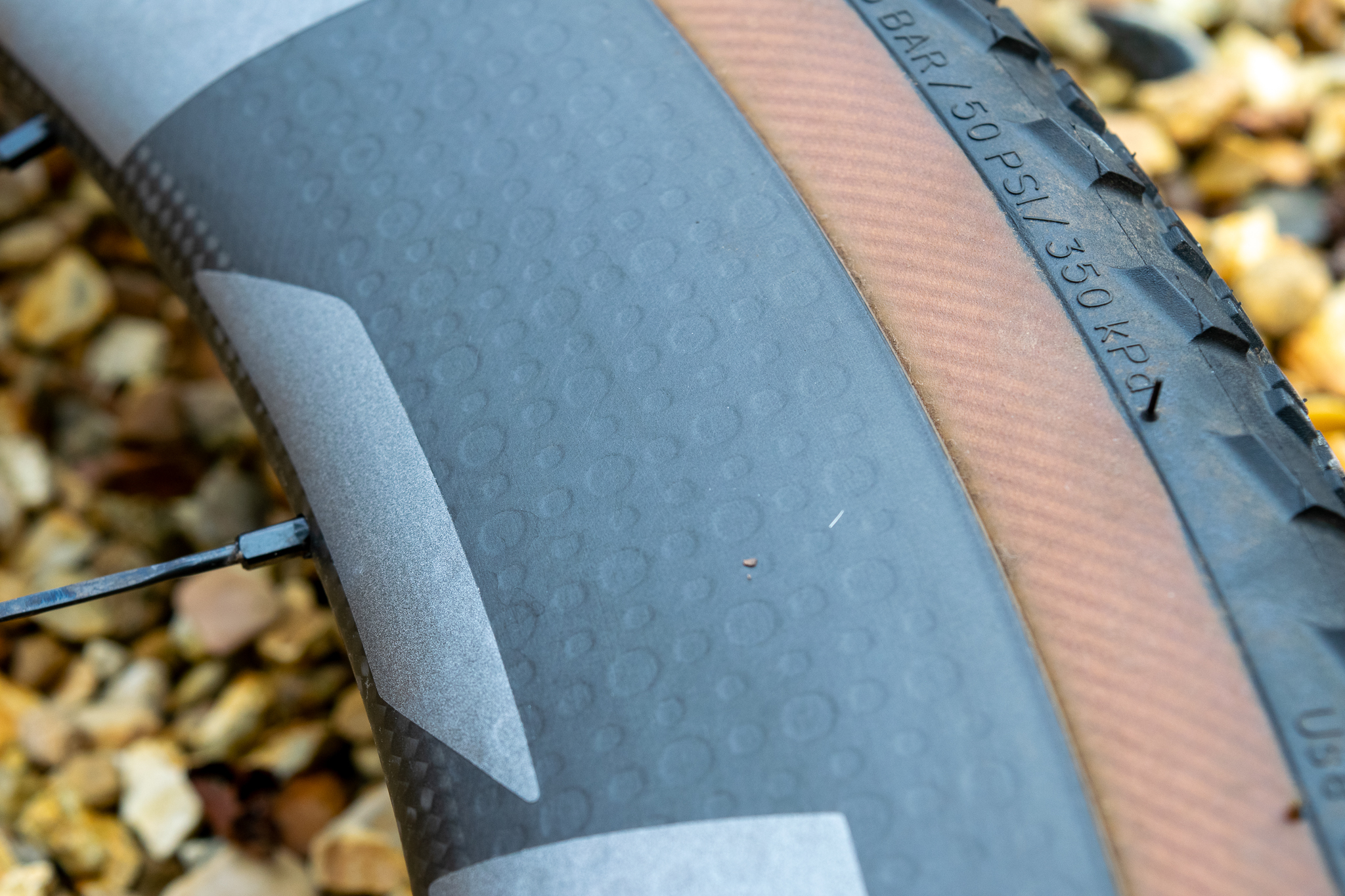
To highlight how wide these rims are, in the context of the market the Mavic Deemax, one of the most decorated wheelsets in downhill mountain biking currently has an inner rim width of 30mm. The Enve G27 gravel wheel, a relatively progressive set, has an internal width of 27mm. Even the Enve M90 mountain bike rims, used in the DH World Cups and Red Bull Rampage are 30mm internal. Despite the similar sizes, SRAM specifically says these wheels are not for MTB; with a sub-1500-gram weight I assume they don't have the material to deal with MTB hits.
A 2mm greater internal rim width isn't earth-shattering, but it certainly highlights the direction of travel in this part of the market, and at least reinforces something we've known already: things are indeed getting wider and faster off-road, and on for that matter too. Zipp and SRAM are seemingly ahead of the curve here, and this may well be a product that shepherds in a host of new wider gravel wheels.
The wheels are hookless and can be run with tubes, as long as you have Zipp-approved tyres. The tops of the sidewalls have been widened slightly to help minimise pinch flatting from the lower pressures. There is a maximum of 130kg total weight (rider and kit) for the wheels. Zipp also supplies the wheels with its specific tubeless tape, and I suspect you won't get away with undersized tubeless tape here.
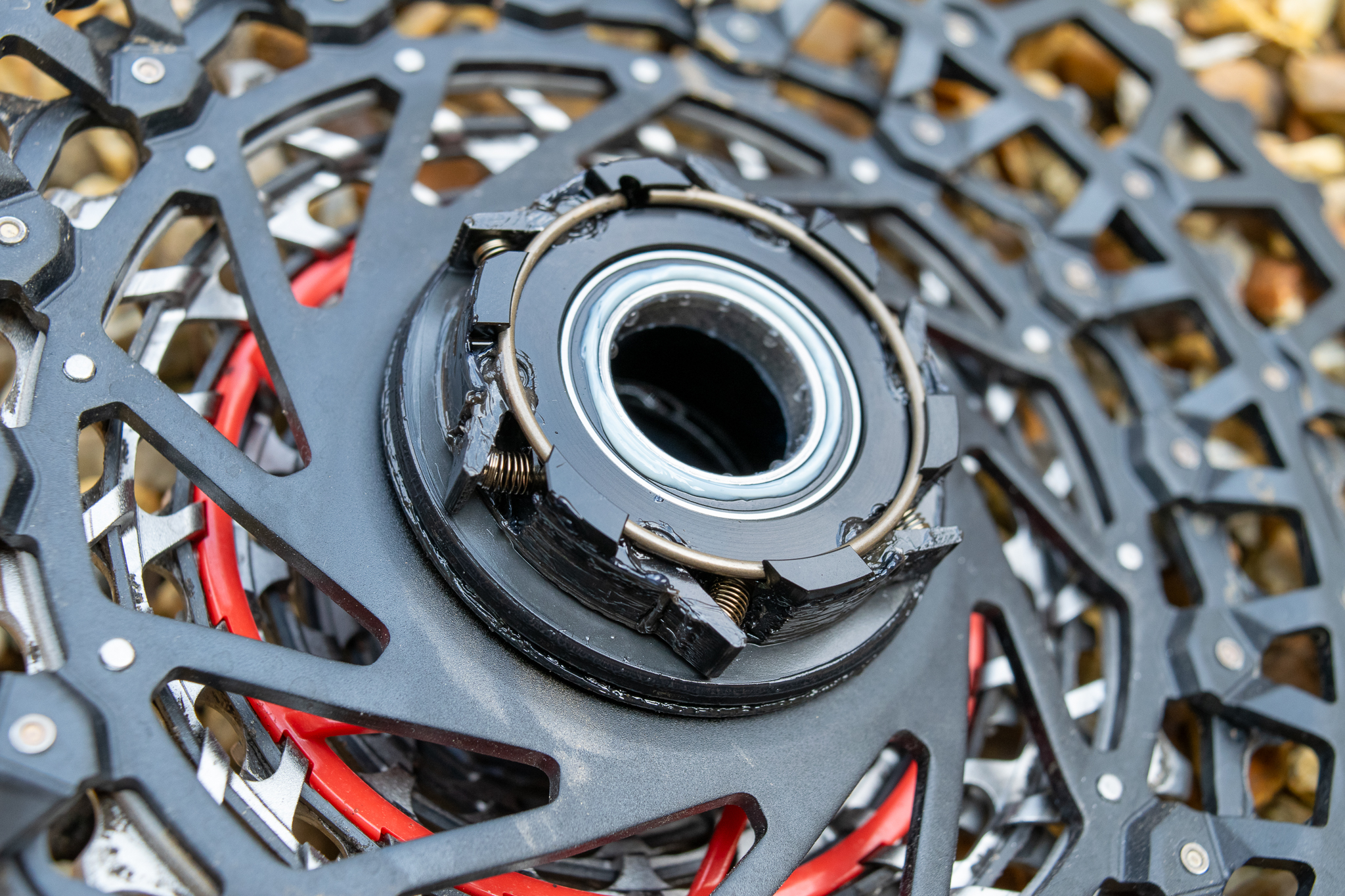
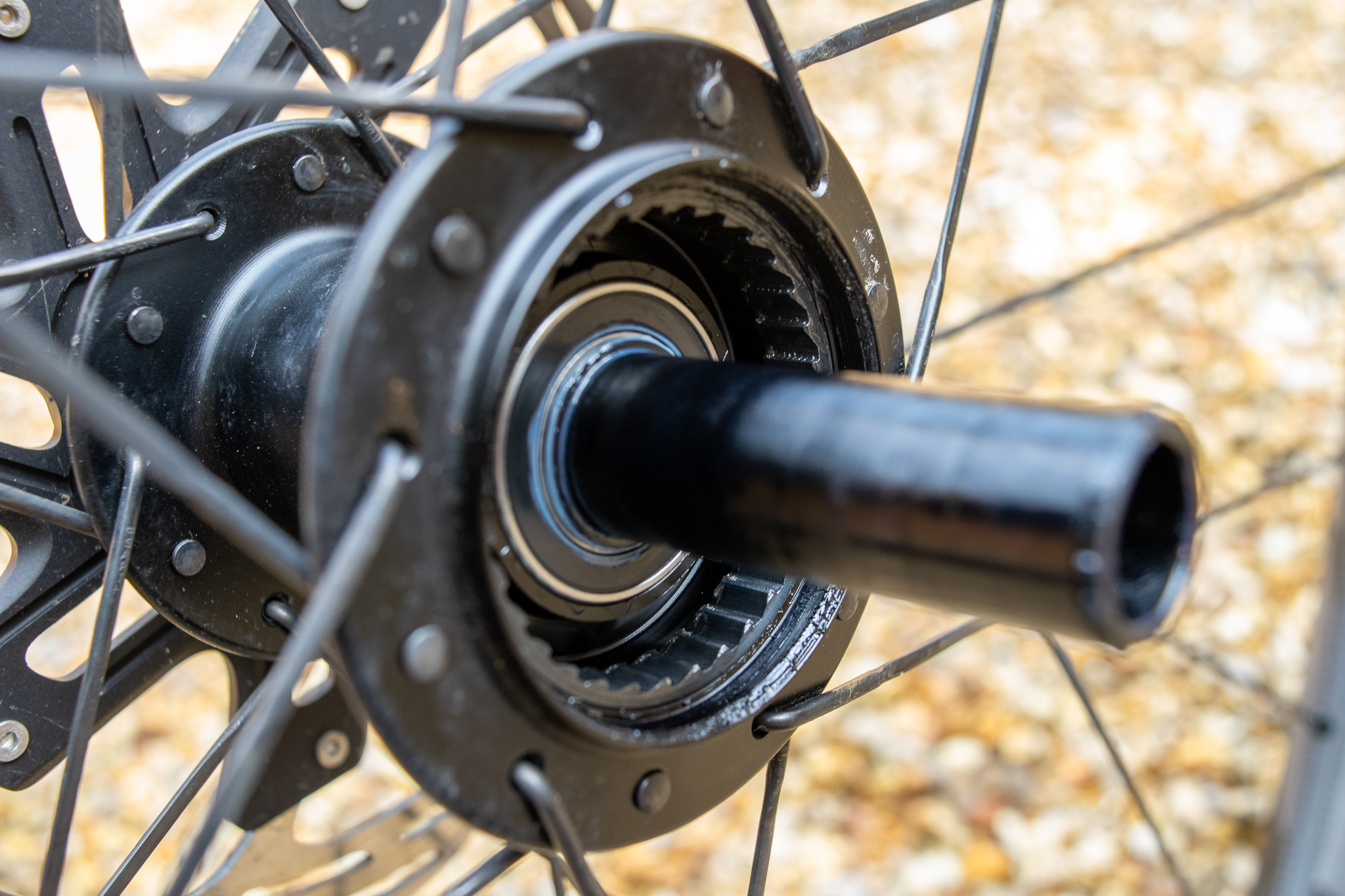
Performance
I didn't really know what to expect from a wheelset like this, comfortably the widest rims and lowest tyre pressures I think I've ever ridden, mountain bike included.
Everything felt really natural and easy to get on with from the start. There certainly haven't been any unusual ride characteristics or a period of getting used to the feel of the wheels, given their dimensions.
With a sub-30 PSI tyre pressure, thanks to the large volume and wide width, the tyres feel similar to a more traditional setup. They feel very fast on the road and light gravel. I recently had to do a 12km on-road, hard effort to make the start of a local gravel ride in time after work, and the wheels are stiff and fast on the road, carrying speed well. If anything there's just a little extra noise and sidewall give while riding out of the saddle on the tarmac from the lower-pressure, big-volume rubber.
Off-road, they offer tonnes of grip, and the true-to-size 45mm tyre and low pressures provide great traction. They were partly to thank for me clearing a steep, technical, techy climb at the launch and I could feel the help they provided in a few sections. I'm confident it wouldn't have happened on my old 17mm / 30mm combo as mentioned at the start, that's for sure. They also feel very nice and supportive leaning and turning into corners and I could feel the wide rim and 45mm tyres offering an advantage here, too.
On some light gravel tracks, I could hunker down into an aero position and get the power down and this is what the wheels have primarily been designed for. They certainly feel quick and riding at tyre pressures in the mid-twenties certainly didn't feel like how I thought it would; it just felt quick.
On the topic of technical off-road riding, there is a line to be drawn regarding tyre pressures. These wheels are designed for speed and tip-of-the-spear gravel competition, not necessarily aggressive off-road riding, bordering on MTB and let's not forget Zipp specifically says these are not for MTB use. On some rocky, fast descents, I felt a couple of good rim strikes and had to manage the bike through rough, rocky sections. I knew from the feeling I had I couldn't just smash through a section and not think, otherwise I think a flat wouldn't have been far away. Perhaps this is the difference in setups between what I'd been riding and a 30mm mtb rim with a 1500-gram downhill tyre and inserts.
In the UK, where we aren't blessed with quite the same open, smooth gravel roads as the USA and some other countries, some consideration and tyre pressure monitoring will be needed if you like the look of these wheels and want to use them all year round. I'd say if you want to go fast on smoother terrain, which is what these wheels are for, then go low. If your riding is a bit more varied and more rocky, or if you like to get a bit rowdier, I'd recommend going up in pressure a bit and getting a feel for what you need, the max is 50 PSI, so there's plenty of room here.
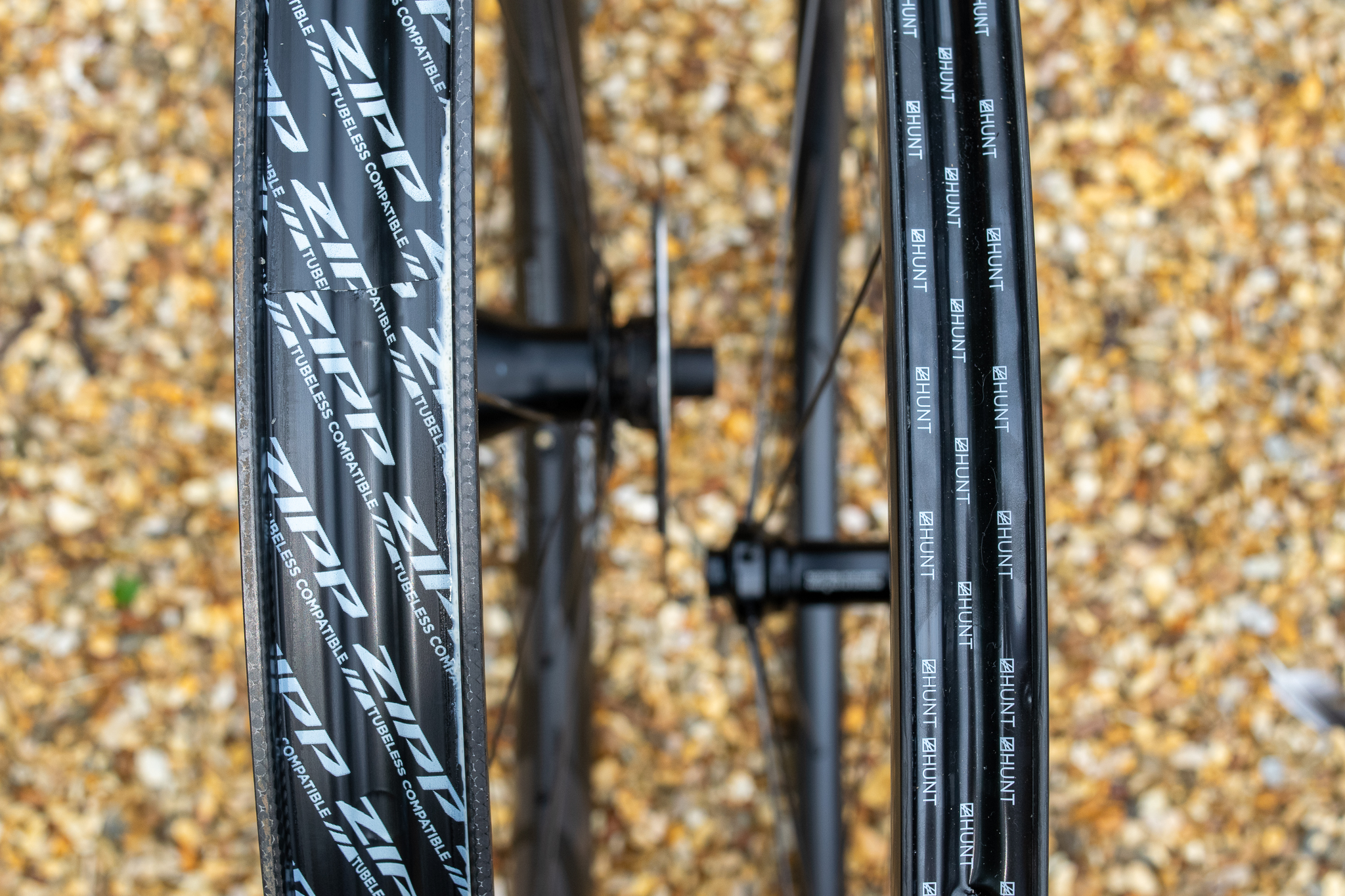
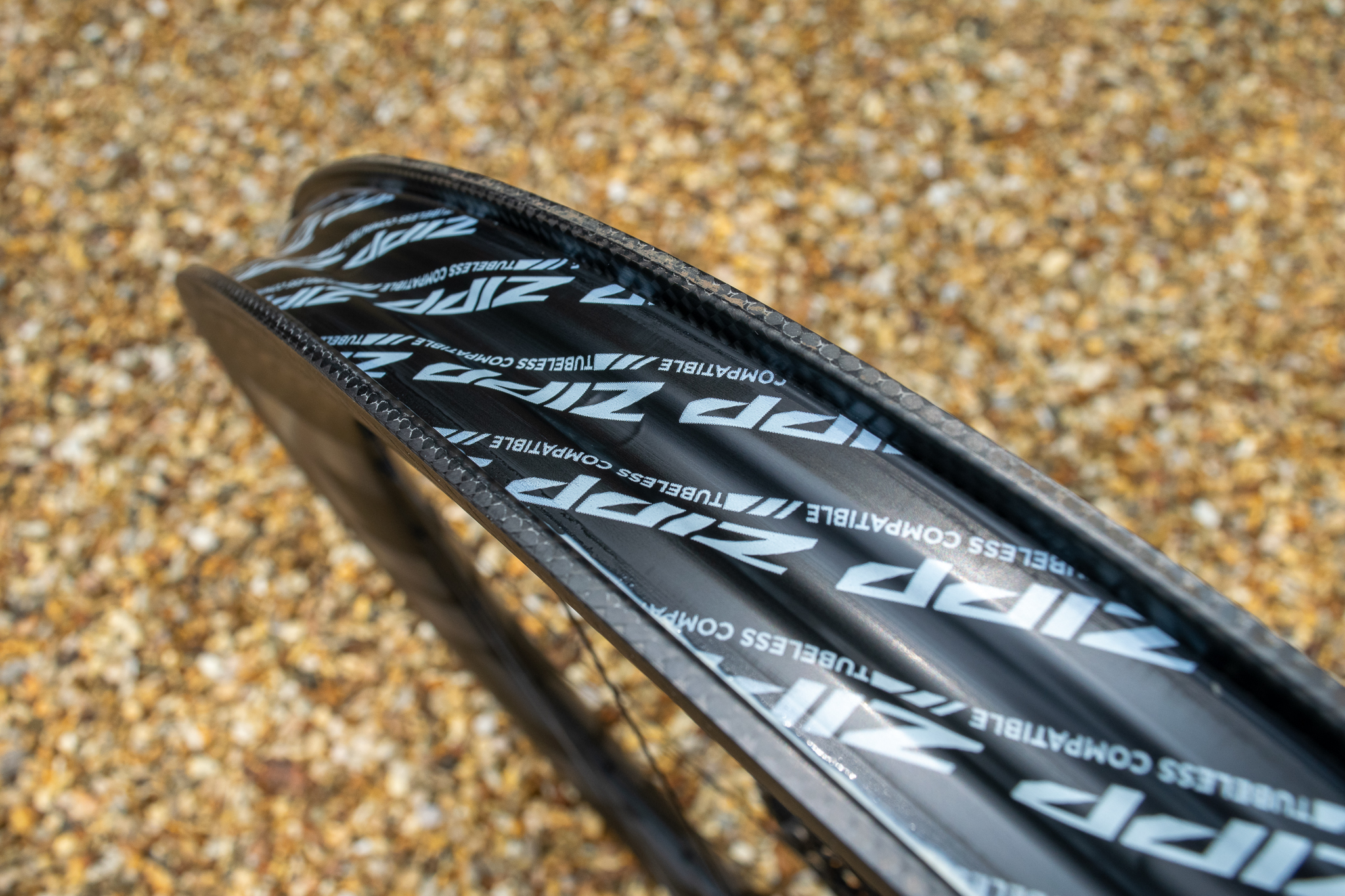

I've used a tyre pressure gauge more this year, as I have tested and experimented with wider tyres and rims - like the 32mm Vittoria Corsa Pro's I used for my longest ride ever.
I used to be happy working to multiples of ten, but pressures for this kind of setup are a bit more specific, and I'd recommend investing in a pressure gauge to dial in your tyre ride. I also learnt my trusty floor pump is 10 psi out, but that's another story.
Zipp has the AXS pressure calculator to use to calculate pressures and get at least a starting point. However, there are others to use online as well. It's had an update recently but I have found it to read slightly low (for me) for road use and I have gone a few PSI up generally after picking up a few punctures.
My recommended figures for the 303 XPLR SWs are 22.9 and 24.4 PSI for my 65kg weight, which takes some getting used to seeing! I upped this to around 28/29 PSI at home, for all-around riding.
The wheels should also be fairly easy to live with. External nipples and J-bend spokes help in that department, and the freehub body and end cap pull off very easily, so servicing and cleaning the 6-pawl freehub should be simply done.
On the subject of living with them, I found the supplied tyres easy to remove, fit, and seat. I seated them first time with a floor pump and didn't even need to remove the valve core to help. The tyres have been designed around the rims so I'd expect a nice experience, and users will need to make sure they fit approved tyres to the rims, a list of which can be found on Zipp's website.
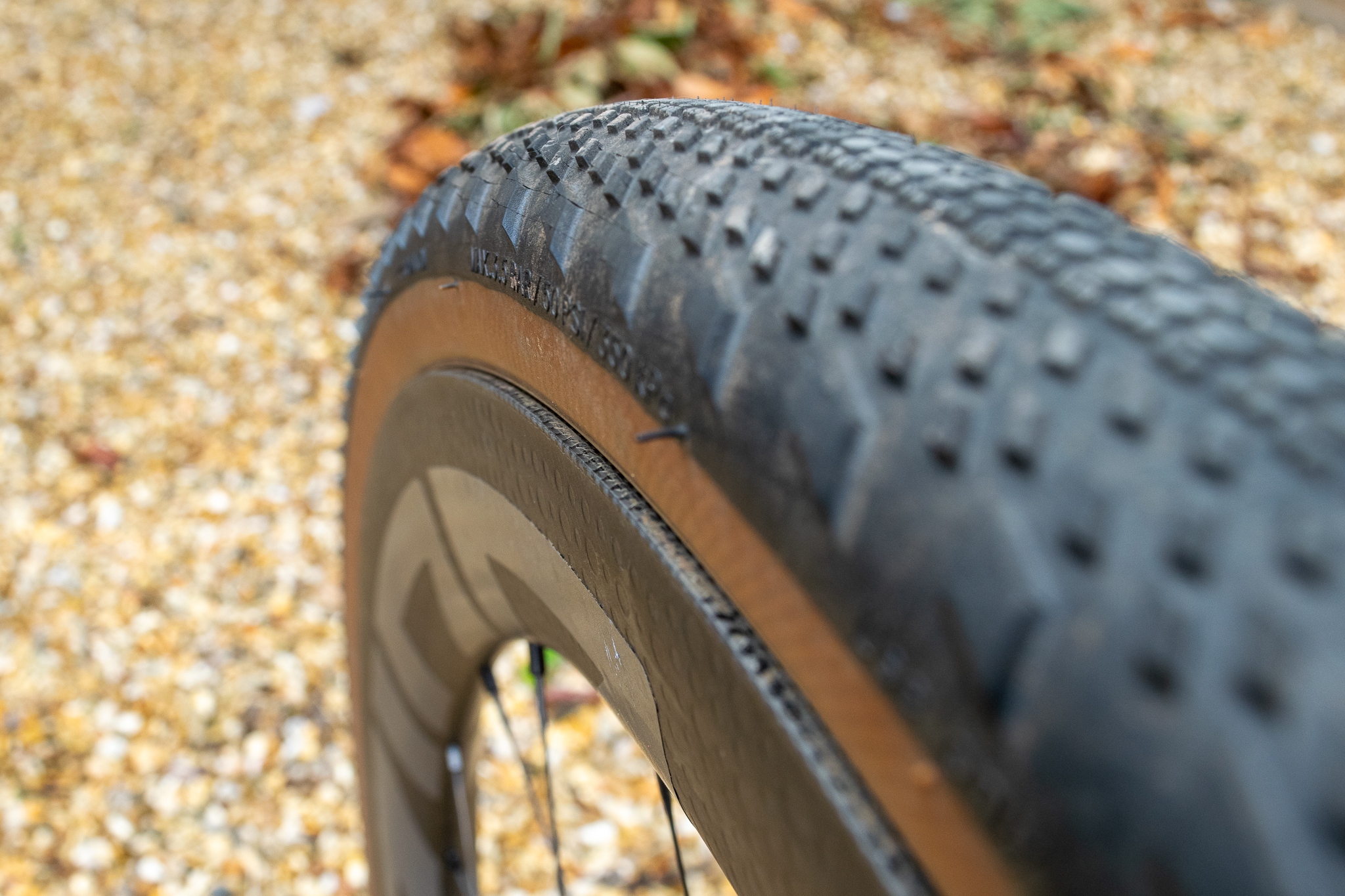
Value
At $2,100 / €1,800 / £1.600 for the pair, I think Zipp has been reasonable with its pricing here in the context of the market. I think the brand could have leveraged the 'wow' factor of the wheelset and hiked the price due to the wide hype.
For comparison, they are cheaper by a few hundred dollars than the fairly new Fulcrum Sharq wheels and the Enve G27 gravel wheels I mentioned before, to cite a couple of examples.
Don't get me wrong, £2,100 is expensive whichever way you slice it. But again, part of me was expecting worse
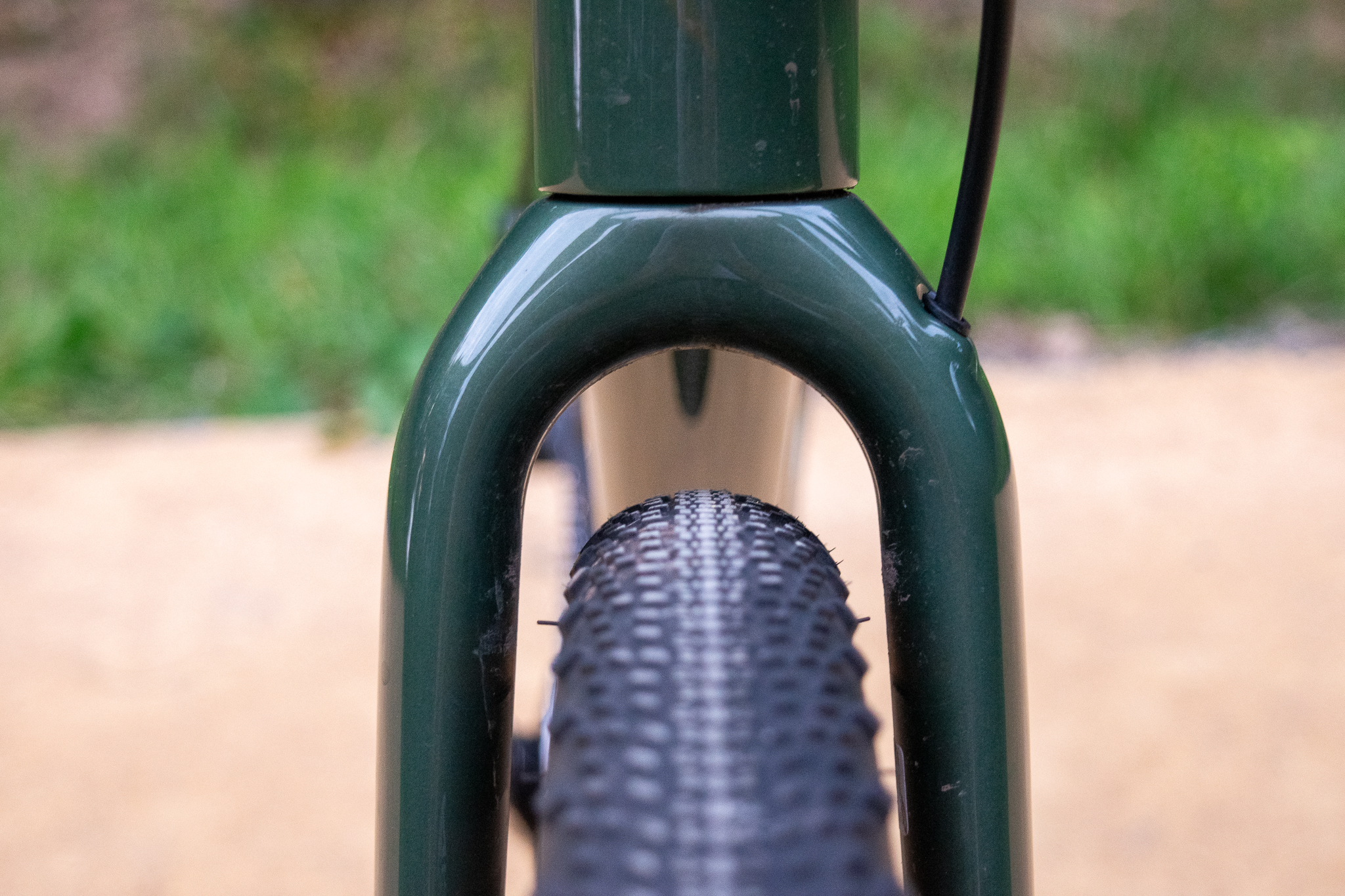
Verdict
I mention that the days of chain stay slap and a mish-mash of road components are long gone on gravel bikes in my Red XPLR review. The same thing is happening regarding gravel-specific wheels.
We have gravel rims these days and have done so for a while, but Zipp looks to be really examining what is required in gravel race wheelsets right now. The days of gravel tyres mushrooming out over narrower road rims are probably coming to an end.
I really like the feel and performance I've experienced from the 303 XPLR wheels, they feel fast, and handle well on fast open stretches' and in tight technical terrain, which I've ridden plenty of whilst testing. Which I didn't really expect at face value.
I'm still recalibrating my years of 'harsh is fast' thinking, like a lot of other riders I expect. This wheelset and tech highlight the benefits and just how well lower pressures and larger volume tyres can perform.
I don't think just because the wheels and tyres can now be run at very low pressures means it will be a good thing all of the time though. Riders may need to run slightly firmer pressures in rockier and rougher terrain to avoid rim strikes, at least in my testing. But on fast, finer gravel, at sub 30 PSI, these wheels are clearly really quick, and I'm keen to see if they will be adopted straight away in big gravel events.







